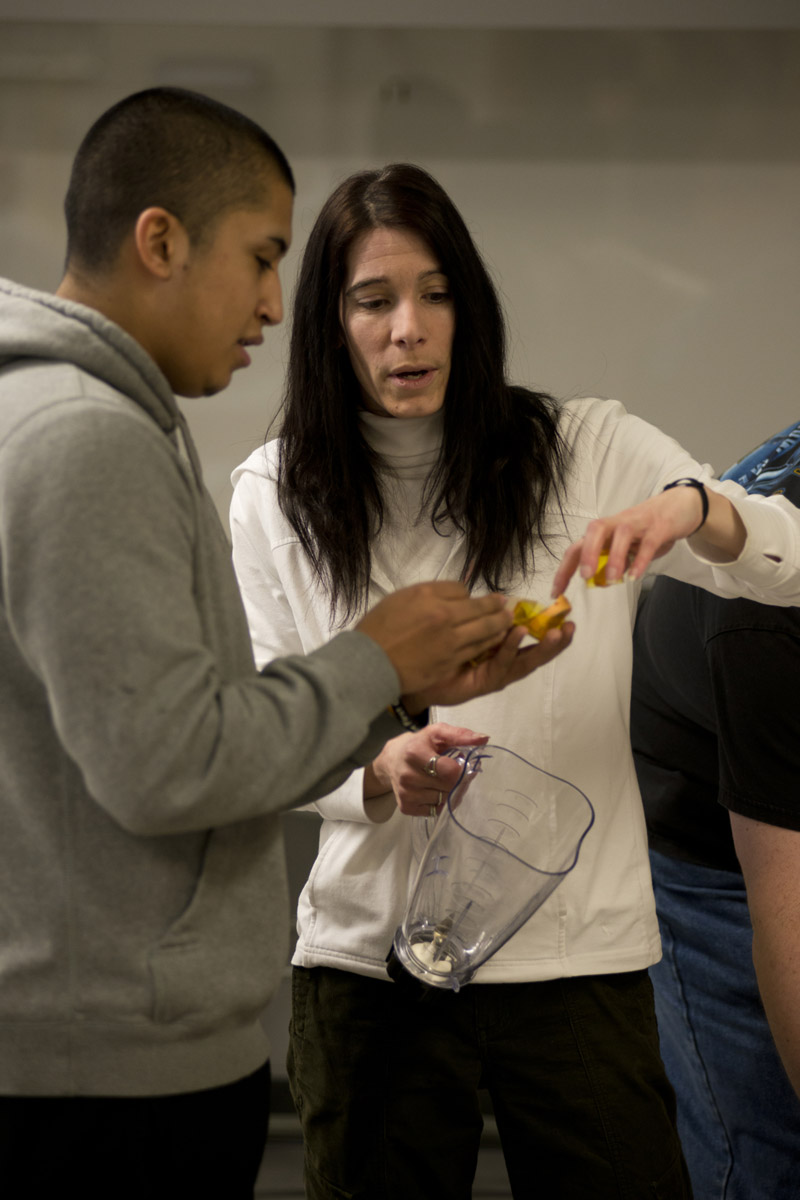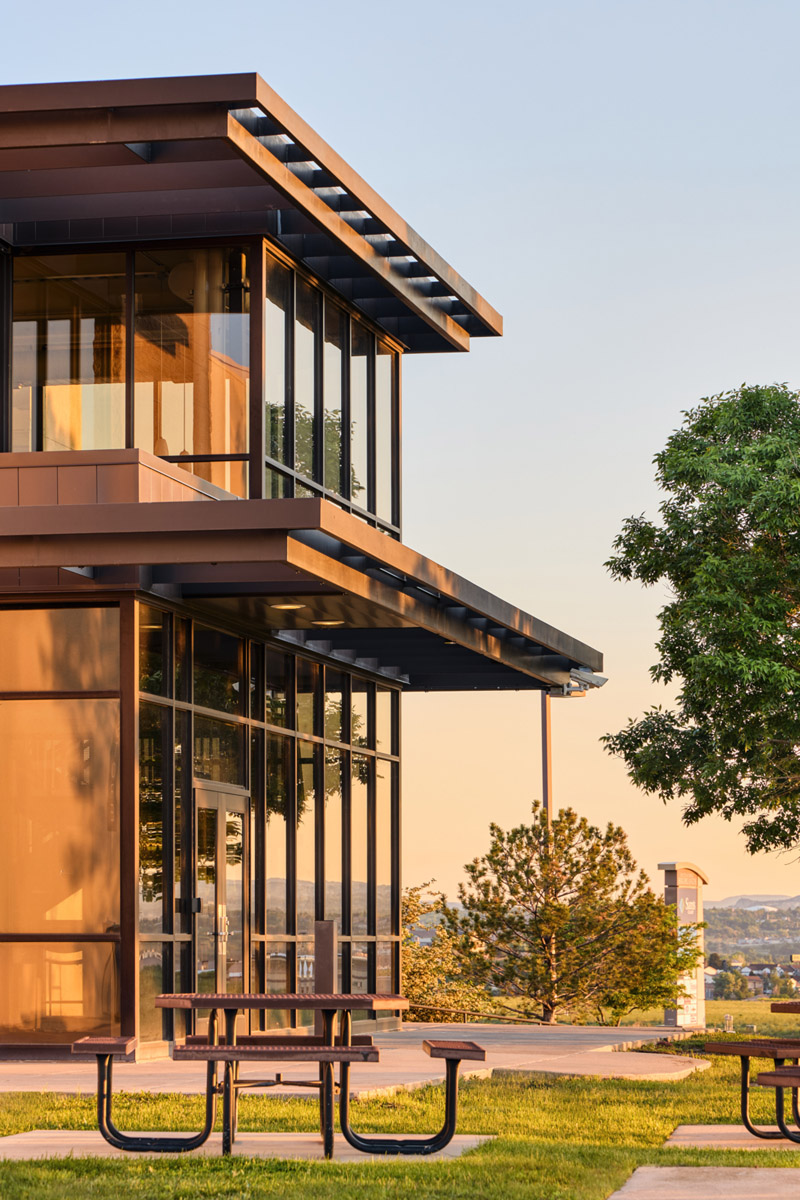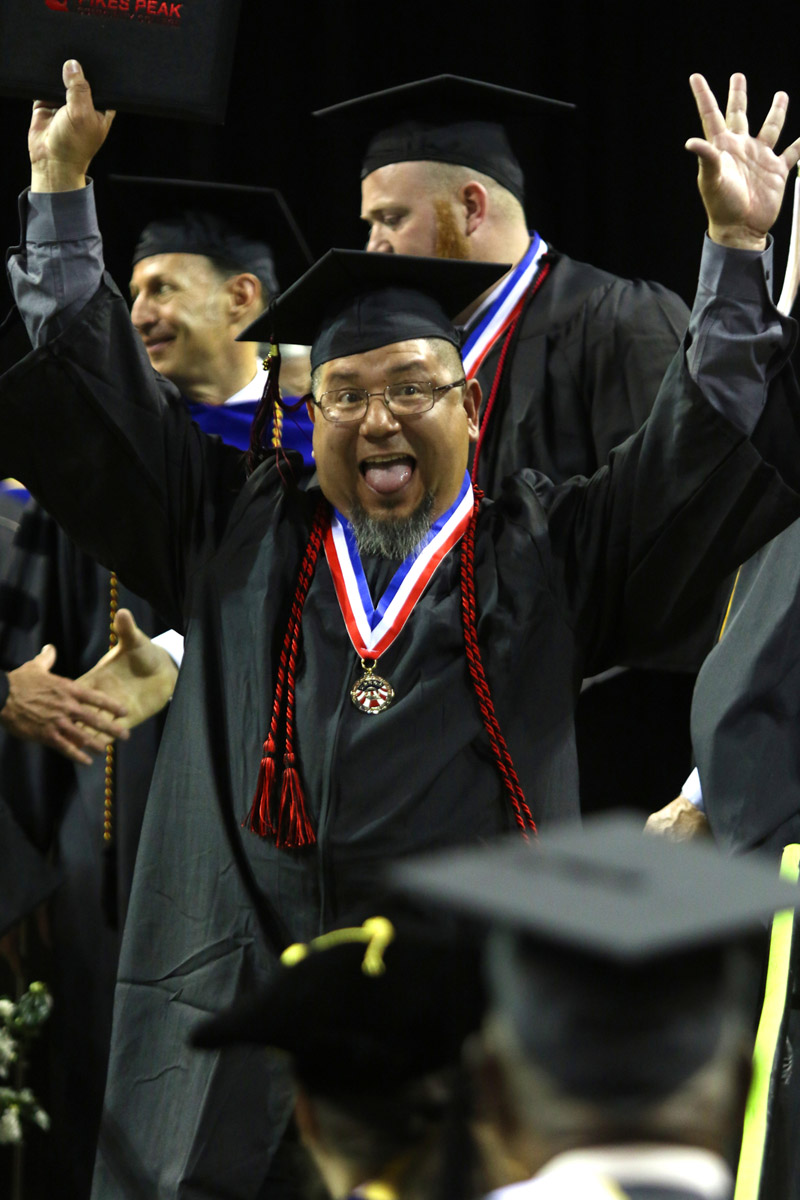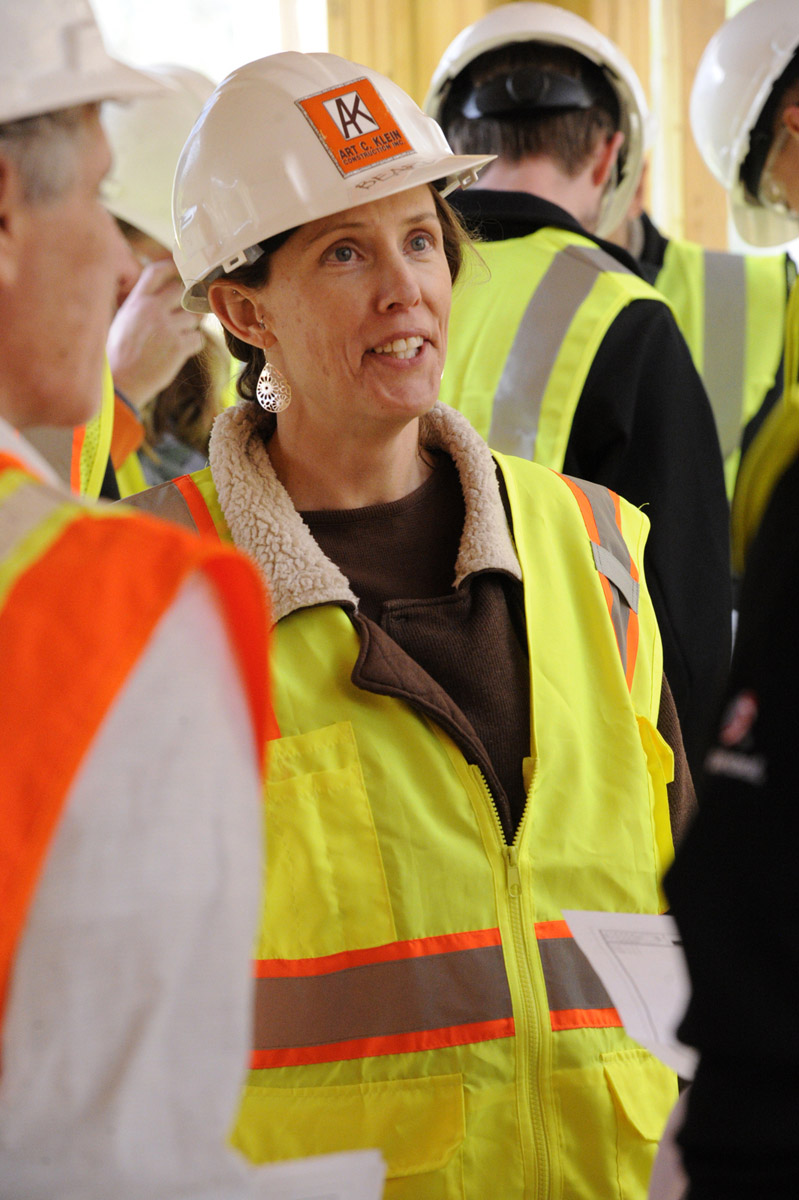A strategic plan is like a map. The process of developing the map is the process of
considering all the directions the College could go, but in the end, the map conveys our decision of where we will go. In September 2016, Pikes Peak State College began the process of developing the
five-year strategic plan that will guide us forward over the next five years. This
is our Destination 2022.

For example, HR practices of recruiting, minimum job requirements, instructional practices, guided pathways, CTE programming, etc.




All of the planning meetings were prepared and facilitated by a higher educational strategy consultant who could steer the conversation without a personal agenda. The facilitator met with the Steering Committee—a small group of senior leadership—five times over the course of the planning process. Additionally, we invited a 40-member Task Force composed of a representative sampling of students, faculty, staff, and community members to meet for two, half-day workshops to review the Steering Committee’s discussions and conclusions, respond to the research findings, discuss plan priorities, brainstorm possible planning goals and tactics, and raise issues or concerns we might have missed.
The overall PPSC community was kept apprised of progress throughout the process through
a dedicated strategic planning web-page on the PPCC.edu website. On the planning webpage,
we described the various stages of the process, introduced the members of the committees,
solicited input from all of PPSC’s constituents via web-based survey tools before,
during, and after the plan was drafted, and posted downloadable copies of all the
presentations and documents from each of the planning meetings. PPSC’s internal communications
team helped guide people toward the web page and ask for their input.
Over the course of all of these meetings, we worked through a SWOT analyses, reviewed available metrics pertaining to PPSC’s employee climate, looked at student success metrics, and assessed PPSC’s performance relative other similarly sized institutions. We also conducted some original and secondary research reviews of outside sources. These included:
Through the research and discussion of findings, we identified the following contextual realities, challenges, and strengths we felt needed to be addressed in the strategic plan: